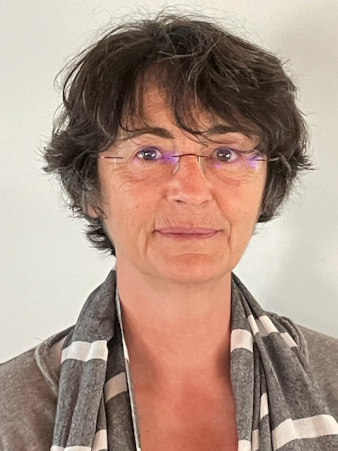[LUM#19] 20% of households report feeling cold in their homes
Turning down the heating is not just an environmental choice, it is above all an economic necessity for the 12 million French people who live in energy poverty and are bearing the brunt of rising energy prices. How do we define and measure this particular type of poverty? Sandrine Michel, an economist at the ART-Dev* laboratory, explains.


How do we define energy poverty?
S.M.: The concept of energy poverty first appeared in the United Kingdom in the 1990s, following the deregulation of the energy sector. The European Parliament defines it as a situation in which a household is forced to spend more than 10% of its income on heating and lighting its home to an acceptable standard. There is also a French definition established in 2010 by the Grenelle 2 environmental law, which states that a person is in a situation of energy poverty if they experience particular difficulties in obtaining the energy supply necessary to meet their basic needs due to the inadequacy of their resources or living conditions.
Is this 2010 definition in line with the current situation?
S.M.: The context at the time was very different, partly because in 2010 energy prices did not fluctuate to the same extent as they do today, but also because inflation was virtually non-existent at that time, whereas today its return is causing a sharp decline in purchasing power. It should also be noted that this definition ignores the issue of transportation, whereas half of household energy expenditure is devoted to housing and half to mobility.
What factors contribute to this precariousness?
S.M.: It is primarily the result of economic insecurity and is therefore linked to poverty. But energy insecurity also involves fluctuating energy prices, household income levels, household practices, and the quality of housing and heating equipment. This is a key point when you consider that, according to the Phebus survey conducted by the French Environment and Energy Management Agency (ADEME) in 2018, 7.4 million households live in homes with an energy performance rating of F or G, the infamous energy-inefficient buildings. This figure rises to 11 million households according to the Abbé Pierre Foundation! To remedy this, the first law on energy renovation was introduced in 2015, but it must be noted that with 50,000 housing renovations per year, the project is progressing at a snail's pace.
Can we quantify the economic consequences for the residents of these energy-inefficient buildings?
S.M.: It is estimated that for a poorly insulated building, the average annual heating cost is between €5,000 and €6,000 per year. In fact, there is a double penalty for poverty: the poorest households have access to the least well-insulated housing, and they are the ones who suffer most from the increase in energy prices.
Who are the French people suffering from energy poverty today?
S.M.: 73% of people experiencing energy poverty are tenants, mainly in the private sector. 43% are single people who are younger than average and live in urban areas. But we must be cautious about this idea of a typical profile. If we take, for example, a retired couple living in an old house built before 1975 and therefore poorly insulated, they may have a considerable energy bill even though they are homeowners.
In concrete terms, how does this energy poverty affect the daily lives of those affected?
S.M.: 36% of households affected report having turned down the heating in their homes to avoid excessive bills, and these are figures from 2021, which therefore do not reflect the full extent of the increase in energy prices. In 2020-2021, 20% of households reported feeling cold in their homes, which is 40% more than in 2018! This has a significant impact on quality of life: 48% of adults in energy poverty suffer from migraines, 41% from anxiety and depression, and 22% from chronic bronchitis. Exposure to energy poverty increases the incidence of wheezing in children by a factor of 4. It also increases the risk of mold in the home by a factor of 3.5.
You emphasize the importance of accurately measuring energy poverty. Why is that?
S.M.: Precisely because one-dimensional measures that only take income into account do not reflect this reality. There is a second way of measuring energy poverty, a multidimensional one, which incorporates not only financial aspects, but also housing comfort, residents' feelings, their safety, their health, and the environment, providing a more complex and refined measure. This multidimensional approach is certainly more difficult to implement, but it provides a more precise definition and clearly shows that the task of tackling energy poverty is a considerable one. A better definition would also make it possible to target the public more effectively and improve the effectiveness of the means of action.
*Art-Dev (CIRAD, CNRS, UPVM, UPVD, UM)
Find UM podcasts now available on your favorite platform (Spotify, Deezer, Apple Podcasts, Amazon Music, etc.).